Intro
Relieve tennis elbow pain with effective therapy tips, including exercises, stretches, and self-care routines, to promote healing and prevent future injuries, using lateral epicondylitis treatments and rehabilitation techniques.
Tennis elbow, also known as lateral epicondylitis, is a common condition that affects the tendons in the elbow, causing pain and discomfort. It is often associated with repetitive strain injuries, particularly in tennis players, hence the name. However, anyone can develop tennis elbow, regardless of their involvement in sports. The condition can significantly impact daily activities, making it essential to seek appropriate treatment. Tennis elbow therapy is a crucial aspect of managing the condition, and it typically involves a combination of rest, physical therapy, and sometimes medical interventions. Understanding the various therapeutic options available can help individuals make informed decisions about their care.
The importance of seeking early treatment for tennis elbow cannot be overstated. Delaying therapy can lead to prolonged recovery times and increased risk of complications. Moreover, effective treatment can prevent the condition from becoming chronic, which would require more intensive and prolonged management strategies. Tennis elbow therapy is designed not only to alleviate symptoms but also to address the underlying causes of the condition, ensuring a comprehensive approach to healing and prevention of future episodes.
Tennis elbow is characterized by pain on the outer part of the elbow, which may radiate down the forearm. This pain is typically exacerbated by activities that involve gripping or twisting, such as turning a door handle or shaking hands. The condition results from inflammation of the tendons that attach to the lateral epicondyle, a bony bump on the outside of the elbow. This inflammation is often due to overuse or repetitive strain, leading to micro-tears in the tendons. Understanding the pathophysiology of tennis elbow is crucial for developing effective therapeutic strategies.
Understanding Tennis Elbow
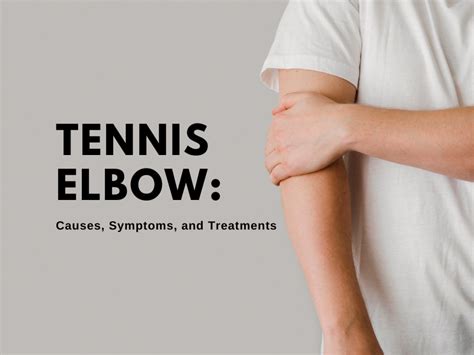
Causes and Risk Factors

Prevention Strategies
Preventing tennis elbow involves modifying activities to avoid repetitive strain on the elbow tendons. This can include taking regular breaks during activities that involve repetitive movements, stretching before and after exercise, and using proper technique when engaging in sports or physical activities. Strengthening exercises for the forearm and elbow can also help prevent the condition by improving the resilience of the tendons and surrounding muscles.Tennis Elbow Therapy Options
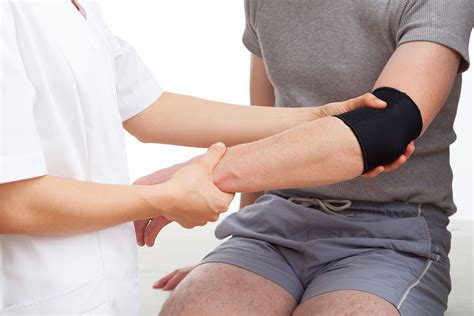
Physical Therapy Techniques
Physical therapy for tennis elbow includes a range of techniques tailored to the individual's needs and the severity of the condition. Eccentric exercises, which involve lengthening the muscle under load, are particularly beneficial for promoting tendon healing. Other techniques include ultrasound therapy, which can enhance tissue repair, and manual therapy, such as massage, to improve tissue flexibility and reduce pain.Advanced Therapies for Tennis Elbow
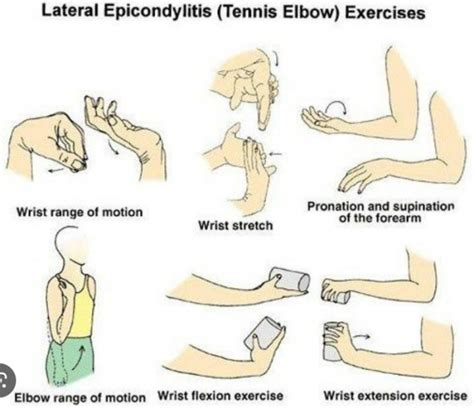
Surgical Options
Surgery for tennis elbow is typically considered a last resort, reserved for cases where conservative management has failed and symptoms persist. The procedure usually involves removing damaged tendon tissue and reattaching healthy tendon to the bone. While surgery can be effective, it carries risks, such as infection and nerve damage, and requires a prolonged recovery period.Recovery and Rehabilitation
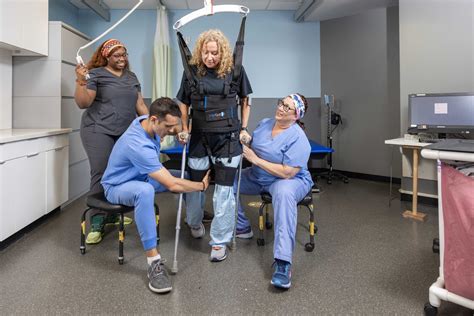
Long-Term Management
Long-term management of tennis elbow focuses on preventing recurrence. This includes maintaining a regular exercise program to keep the elbow and forearm muscles strong, using proper technique during sports and activities, and taking regular breaks to avoid repetitive strain. Awareness of body posture and avoiding activities that aggravate the condition are also crucial.Conclusion and Future Directions
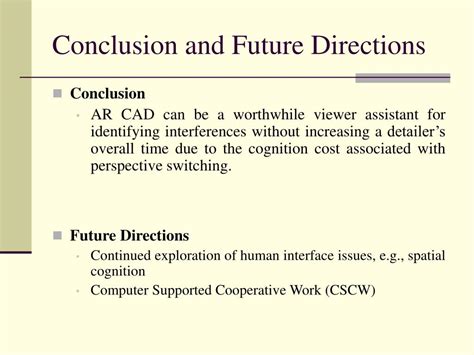
Final Thoughts

What are the common symptoms of tennis elbow?
+Tennis elbow is characterized by pain on the outer part of the elbow, which may radiate down the forearm. The pain is typically exacerbated by activities that involve gripping or twisting.
How is tennis elbow diagnosed?
+Diagnosis typically involves a physical examination and sometimes imaging studies like X-rays or MRI scans to rule out other causes of elbow pain.
What are the treatment options for tennis elbow?
+Treatment options include rest, ice, compression, and elevation (RICE), non-steroidal anti-inflammatory drugs (NSAIDs), physical therapy, and in some cases, advanced therapies like PRP injections or surgery.
We invite you to share your experiences or ask questions about tennis elbow therapy in the comments below. Your input can help others understand the condition better and explore the various treatment options available. If you found this article informative, please consider sharing it with others who might benefit from this information. Together, we can promote awareness and support individuals in their journey towards recovery from tennis elbow.
